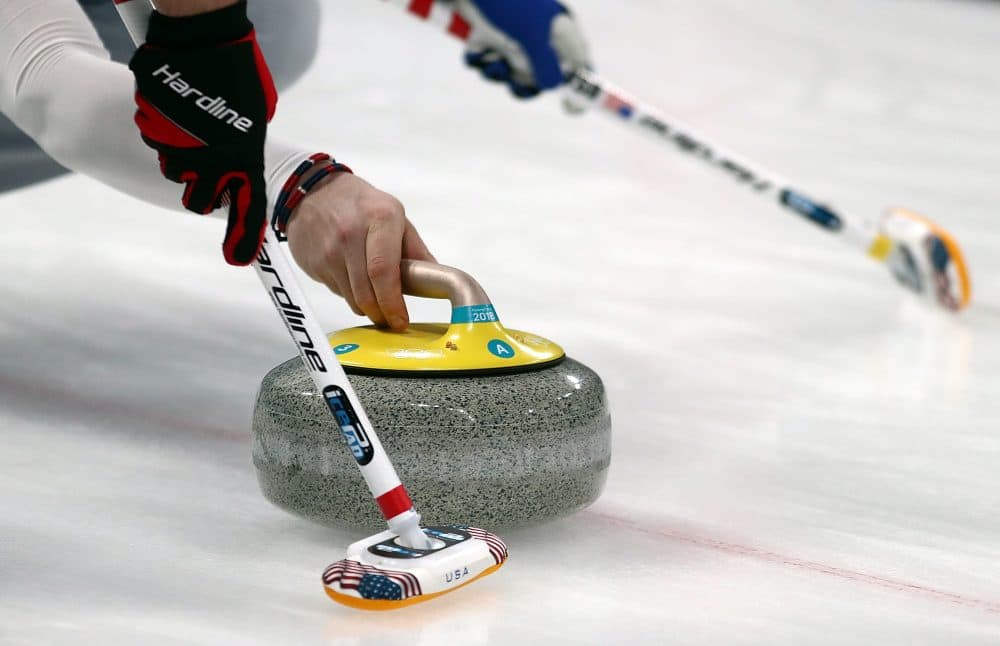Advertisement
Curling Stones Sliding To Pyeongchang All The Way From Scotland

For those unfamiliar with curling, the sight must be rather confusing: athletes sliding sleek, heavy boulders down a sheet of ice to hit other stones out of the way, all while trying to get as close to the center dot as possible. What looks to be a blend of shuffleboard and bocce on ice, curling is one of the more popular sports in the Winter Olympics. But have you ever given much thought to the stone being hurled down the ring?
The stones used in Pyeongchang are all precisely made and all derive from a small, uninhabited island 10 miles off the southwestern coast of Scotland, Ailsa Craig.
Ailsa Craig is just 245 acres. But what makes the island special is its granite resources. Ailsa Craig is home to two specific types of granite that are perfect for curling stones.
The curling stone is broken down into two parts: the running band – the part of the stone that slides on the ice – and the striking band – the part of the stone that makes initial contact with the other stones.
Each part of the stone is made from a different type of granite; the running band is made out of Blue Hone granite, while the striking band and the rest of the main body is composed of Ailsa Craig Common Green.
The reasoning behind the different stone makeups is pretty simple. Ailsa Craig Common Green has a higher impact resistance than most granite, making it bounce better against other stones at the speeds it’s sliding down the ice.
Blue Hone, conversely, does not absorb water very well, meaning that it is less likely to sop up water when sitting on the ice for long periods of time. Doing so would be a big issue for curlers, as repeated freezing of water inside the stones would cause them to erode and crack.
The two stones are then sealed with an epoxy resin – a type of adhesive that doesn’t set — to keep the glue from cracking during the extreme temperature changes that curling stones go through.
With all of the stones for the 2018 Winter Olympics coming from Ailsa Craig, one company has made a monopoly of the industry.
Kays of Scotland has had the exclusive rights to the granite quarries on Ailsa Craig since 1851; they have been involved in providing the Olympics’ curling stones since 1924 in Chamonix, France and have been the exclusive provider of the Games since 2006 in Turin, Italy. Each stone that Kays of Scotland produces for the 2018 Olympics weighs precisely 19.1 kilograms, just a hair over 42 pounds.
Advertisement
Kays became the lone manufacturer of curling stones for the Winter Olympics after the Canada Curling Stone Co. provided the games stones with Trefor granite in 2002 in Salt Lake City.
So next time you're watching Olympic curling – which begins its men’s and women’s medal contests this weekend – remember that while the sport’s best athletes come from all over the world, the sport’s best stones come from an island roughly 233 times smaller than Martha’s Vineyard.